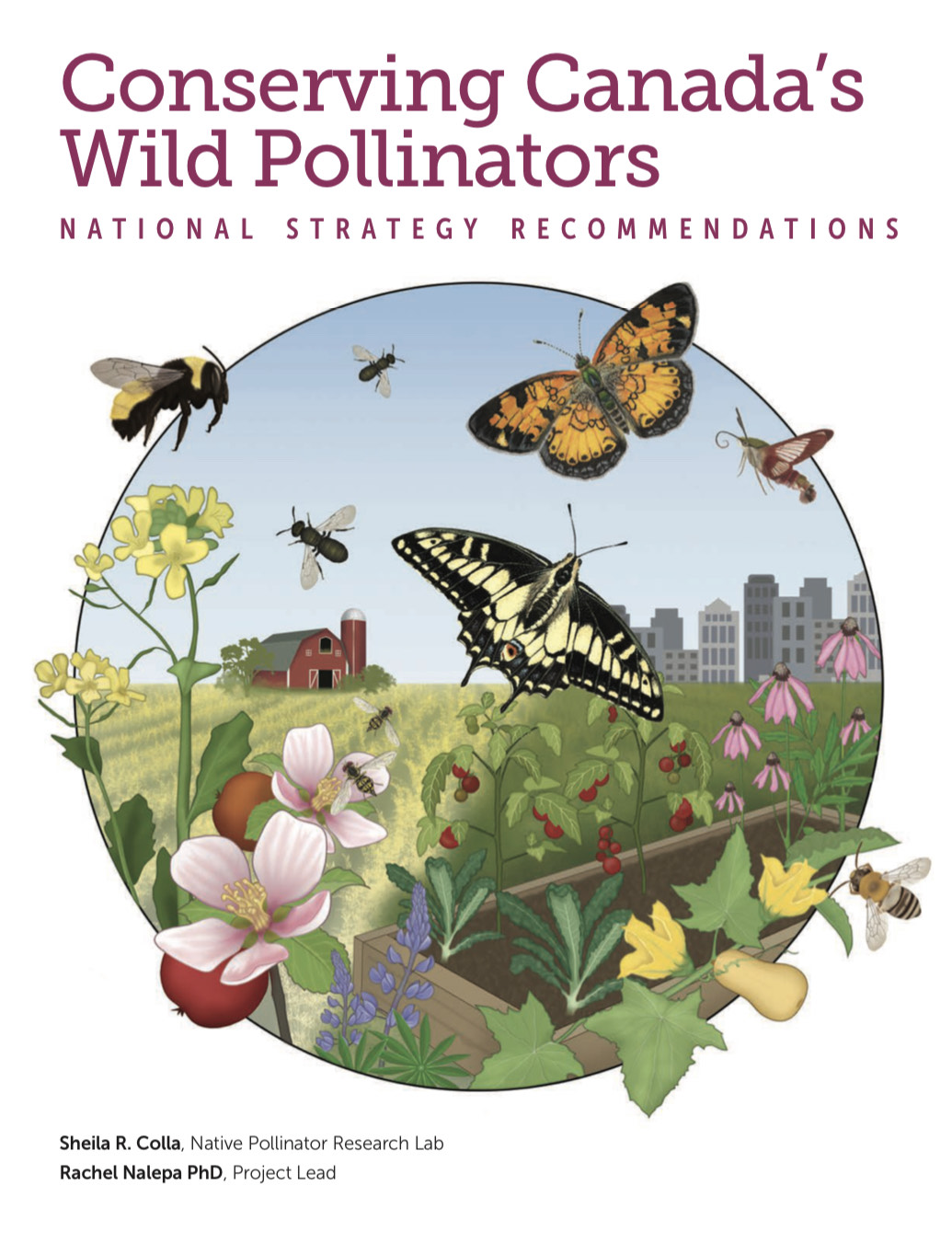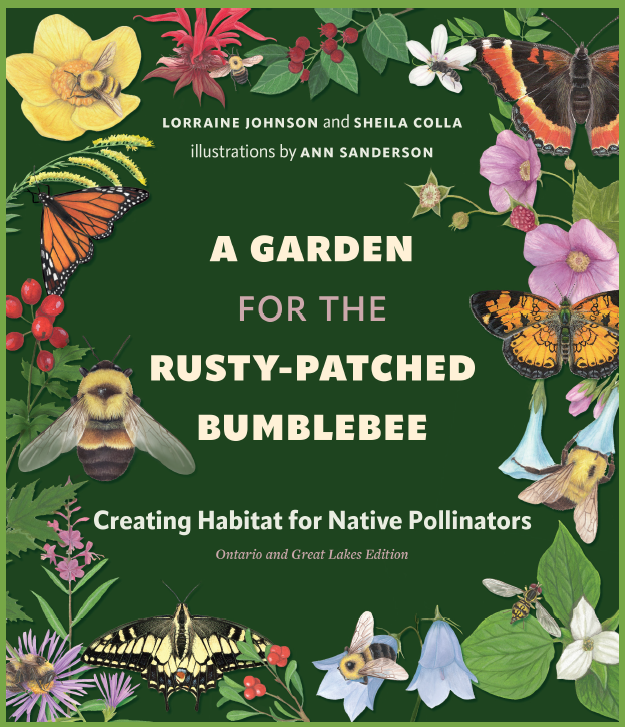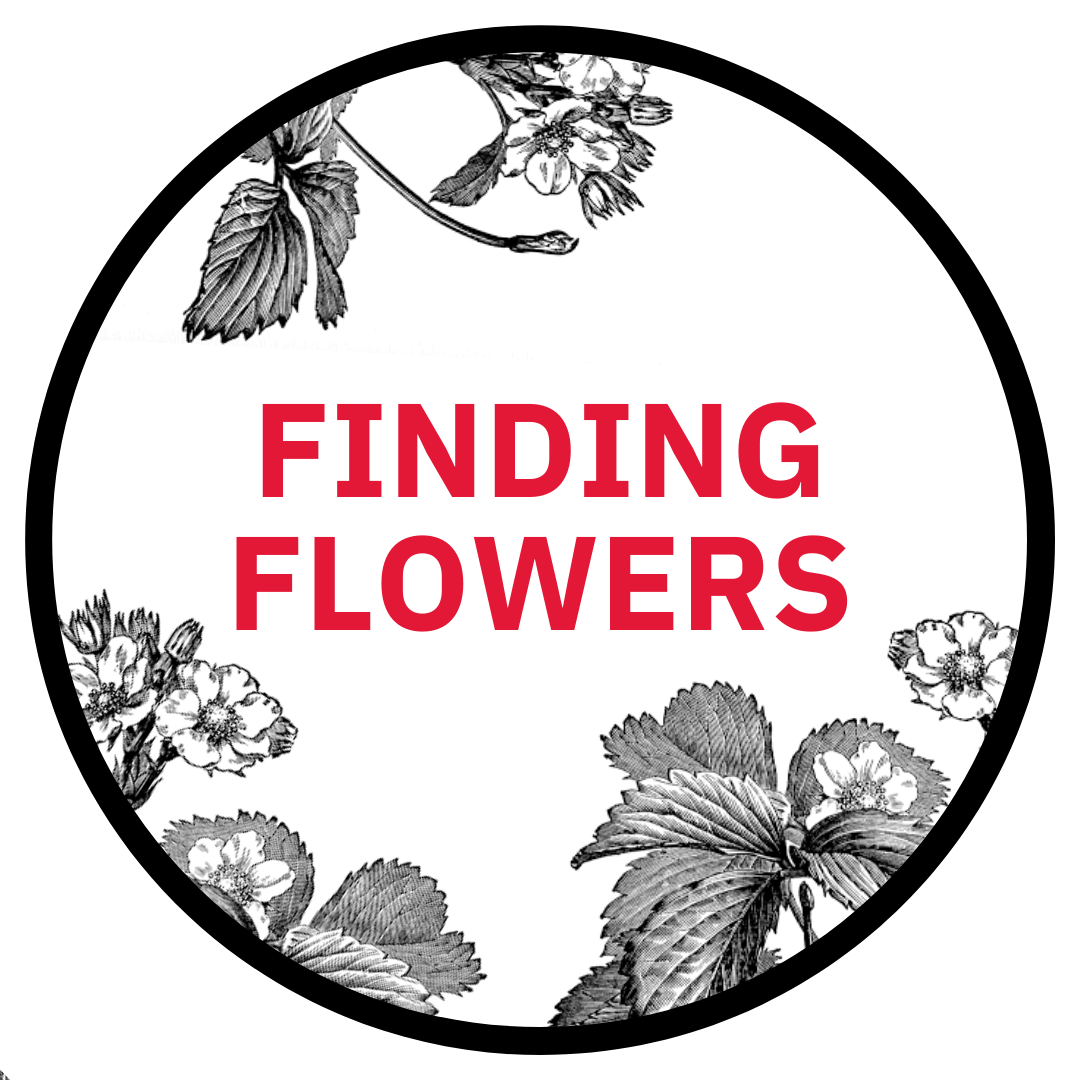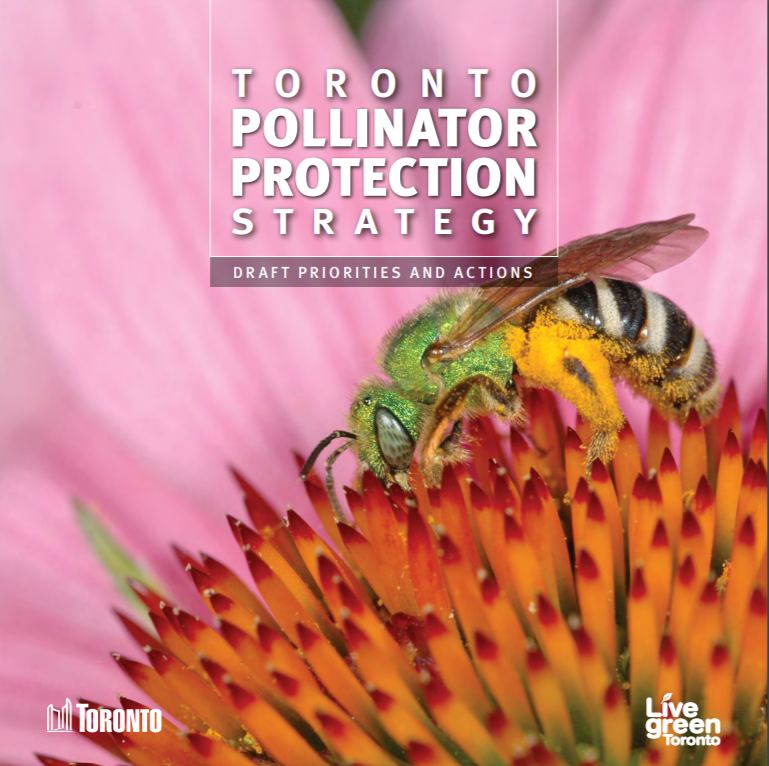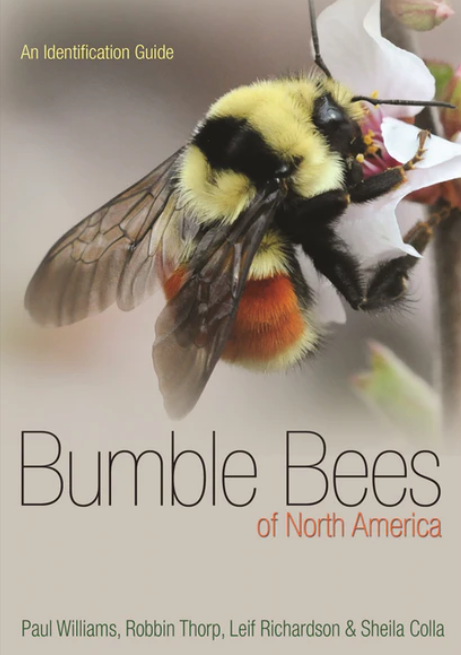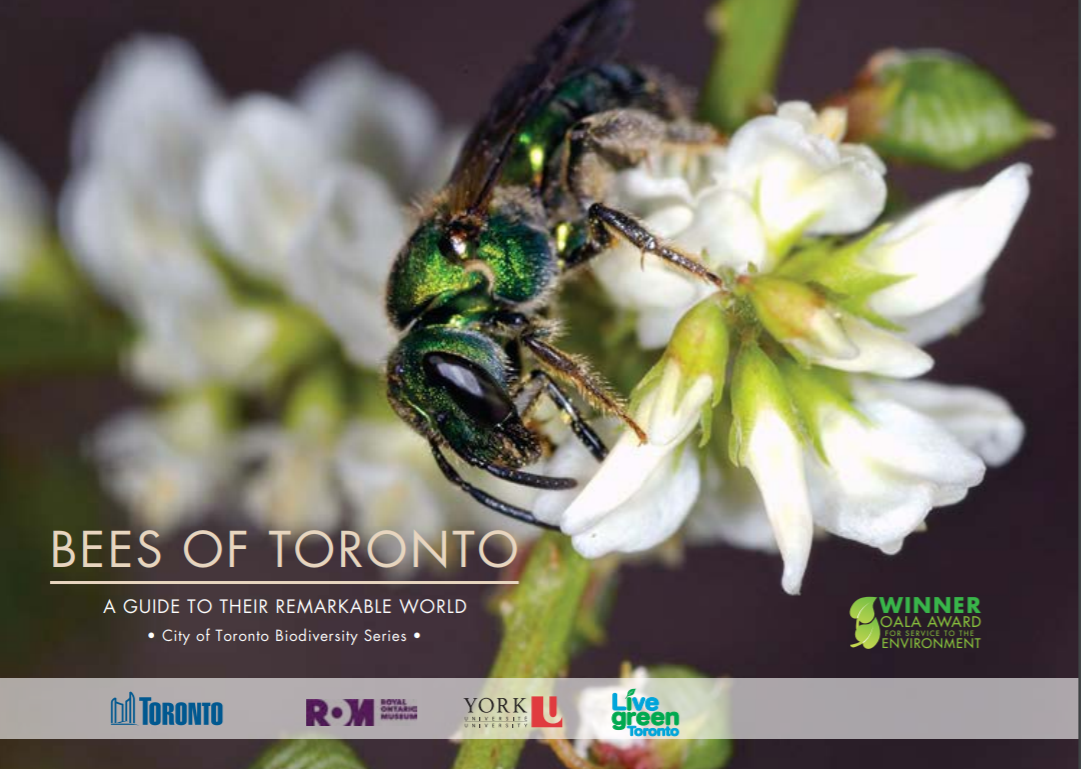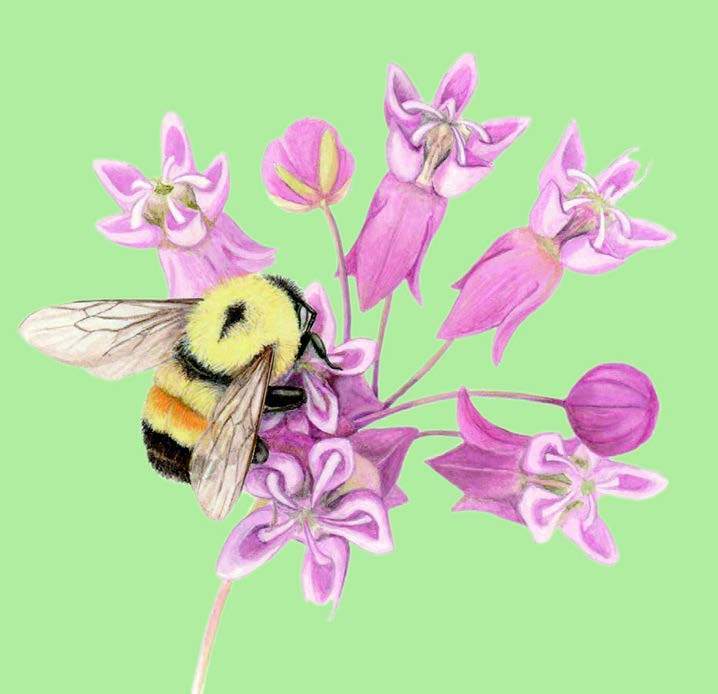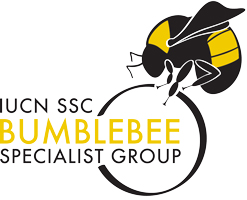Projects
Research at WorkPutting the research to work
What is research without application? The goal of our work is to use scientific expertise to support evidence-based decision making for the conservation of bumble bees and other pollinators. More broadly, the collective work of my lab is shifting perspectives and enhancing sustainable practices for the benefit of pollinators and global life. Find out how below:
Projects
What We’ve Been Working on Lately
Conserving Canada’s Wild Pollinators: National Strategy Recommendations
Learn more about the strategy here
A call to action for the public and government officials to implement a national pollinator protection and conservation strategy
Many pollinators are in decline due to a variety of factors, with negative implications for human, agricultural, and ecosystem health. Yet there is still hope and actions that can be taken now to protect and conserve them. “Conserving Canada’s Wild pollinators” was written by Dr. Colla and Dr. Nalepa, with input from stakeholders across Canada, with recommendations for a proposed National Strategy. Now we need to get municipal, provincial/territorial, and federal leaders to take action to ensure these are implemented.
Book: A Garden for the Rusty-Patched Bumblebee
An inspiring and practical guide to creating beautiful habitat gardens full of life
A Garden for the Rusty-Patched Bumblebee provides all the information gardeners need to take action to support and protect pollinators, by creating habitat in yards and community spaces, on balconies and boulevards, everywhere!
With more than 300 native plants of Ontario and the Great Lakes region profiled in detail, along with sample garden designs, ideas for beautiful plant pairings and numerous tips for success, this fully-illustrated guide helps gardeners discover the crucial connections between native plants and native pollinators, and learn how to cultivate patches of pollinator paradise.
Finding Flowers Project
Finding Flowers Project is an interdisciplinary research project that integrates art, ecology and education within a biocultural approach to native pollinator and plant diversity conservation.
Inspired by the work of the late Mi’kmaq artist Mike MacDonald, Finding Flowers grows, revitalizes and cares for native pollinator gardens as art installations, and as spaces for community contemplation and knowledge co-production.
Co-led by Anishinaabe artist, curator and educator Lisa Myers and native-bee ecologist Dr. Sheila Colla, Finding Flowers’ main focus is researching, replanting and caring for the more-than-twenty Medicine and Butterfly Garden artworks created across Canada by the late Mi’kmaw/Beothuk and 2-Spirit artist Mike MacDonald.
Bumble Bee Watch
https://www.bumblebeewatch.org/
Bumble Bee Watch is a collaborative effort to track and conserve North America’s bumble bees. This community science project allows for individuals to upload photos, create a virtual collection, get their species identifications verified by experts, help researchers track status and conservation needs, locate rare or endangered populations, learn about ongoing conservation efforts, and connect with other community scientists.
Toronto's Pollinator Protection Strategy
Toronto’s Pollinator Protection Strategy was created to support the vision of our city being home to diverse pollinator communities that contribute to resilient ecosystems and enhance urban biodiversity. Created with the help of expert stakeholders and concerned residents, the strategy recognizes
that the City and the community are already doing many things to support pollinators, and that more can be done.
Bumble Bees of North America
The book draws on the latest molecular research, shows the enormous color variation within species, and guides readers through the many confusing convergences between species. It draws on a large repository of data from museum collections and presents state-of-the-art results on evolutionary relationships, distributions, and ecological roles. Illustrated keys allow identification of color morphs and social castes.
A landmark publication, Bumble Bees of North America sets the standard for guides and the study of these important insects.
BEES OF TORONTO
Bees of Toronto: a guide to their remarkable world (part of the City of Toronto Biodiversity Series) was developed and designed by a group of professionals at York University who are dedicated to bee and pollinator research. Without their help and commitment, the publication of this informative guide would not have been possible.
A Garden for the Rusty-Patched Bumblebee: Creating Habitat for Native Pollinators in Southern Ontario
by: Lorraine Johnson & Sheila Colla
A Garden for the Rusty-Patched Bumblebee provides all the information needed for gardeners to take action to support and protect pollinators—by creating habitat in yards and communal spaces, and on balconies and rooftops.
There are approximately 400 species of native bees in Ontario, including bumblebees, sweat bees, mining bees, cuckoo bees, leafcutter bees and cellophane bees. This book introduces and deepens the concept of pollinator gardening—creating gardens that help bees thrive—by exploring specialist relationships. For example, the native-to-Ontario sweat bee Lasioglossum oenotherae specializes in pollen from the native evening primrose plant.
With plant recommendations specific to Southern Ontario, as well as useful garden designs and numerous tips for success, this compact, full-colour guide will enable gardeners to discover the crucial connections between native plants and native pollinators—and learn how to cultivate their own patch of pollinator paradise.
IUCN Bumble Bee Specialist Group
https://bumblebeespecialistgroup.org/The initial priorities of the new IUCN SSC Bumblebee Specialist Group are to implement a comprehensive and detailed assessment of the global status of all bumblebee species, based on the IUCN Red List criteria, as well as to promote bumblebee conservation worldwide.
At a time when the significance of pollinators has captured widespread public attention, the formation of this specialist group brings these charismatic insects into the mainstream of conservation efforts. Declines in bumblebee populations have been documented in Europe, North America, South America, and Asia, caused by a variety of threats that range from habitat loss and degradation to introduced diseases and pesticide use. All of these factors require a better understanding if further declines are to be prevented.

